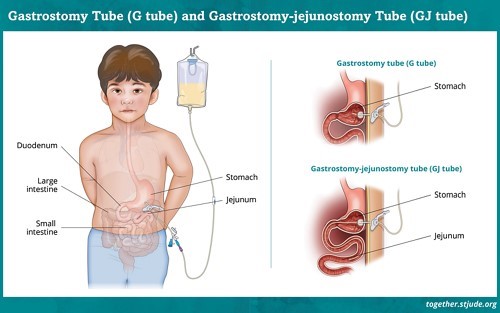A nurse is caring for a client who is cyanotic and has a respiratory rate of 8/min with shallow respirations. Which of the following is the priority action by the nurse?
Establish a patent airway for the client
Administer oxygen to the client
Place a pulse oximeter on the client's finger
Check the client's pulse rate
The Correct Answer is A
A respiratory rate of 8 breaths per minute with shallow respirations and cyanosis indicates significant respiratory distress and inadequate oxygenation. The client's airway needs to be assessed and cleared to ensure a proper flow of air into the lungs. This can involve positioning the client appropriately, providing manual or mechanical assistance with ventilation, or using other airway management techniques as necessary.
While administering oxygen to the client and placing a pulse oximeter on the client's finger are important interventions to improve oxygenation and monitor oxygen saturation, they should not delay the immediate priority of establishing a patent airway.
Checking the client's pulse rate is also important and should be done in a timely manner, but it should not take precedence over ensuring a clear and open airway for the client.
Nursing Test Bank
Naxlex Comprehensive Predictor Exams
Related Questions
Correct Answer is A
Explanation
A.Securing the tubing to the child's abdomen helps prevent accidental dislodgement or pulling of the gastrostomy tube. This can be done using appropriate securing devices, such as adhesive dressings or commercially available tube holders, as recommended by the healthcare provider.
B.Some gastrostomy tubes require an extension set for feeding, especially low-profile devices (e.g., button-type gastrostomy tubes). This extension makes it easier to administer feeds or medications and can be removed afterward. However, this is not typically part of routine site care.
C.Applying lubricant to the site is not necessary or recommended. The gastrostomy tube should be kept clean and dry. If any secretions or debris are present, they should be gently cleaned with mild soap and water, followed by thorough rinsing and drying.
D.Taping the tube to the child's cheek is not a recommended practice. It can cause skin irritation, discomfort, or even accidental removal of the tube. Proper securing of the tube to the abdomen using appropriate devices is the preferred method to prevent dislodgement.

Correct Answer is ["C"]
Explanation
A.Coiling the tubing on the bed above the collection bag is incorrect because it can cause urine to flow back into the bladder, increasing the risk of infection and compromising the effectiveness of the drainage system. The tubing should be kept below the level of the bladder to ensure proper drainage.
B.Instructing the client to hold the drainage bag at waist height when ambulating is incorrect because the drainage bag should always be kept below the level of the bladder to prevent urine from flowing back into the bladder, which could lead to a urinary tract infection (UTI).
C.Securing the tubing with adhesive tape to the lower abdomen is correct because it helps prevent accidental pulling or tugging on the catheter, which could cause discomfort or dislodgement. Properly securing the tubing also helps maintain a continuous flow of urine and reduces the risk of infection.
D.Collecting a sterile specimen from the urinary drainage bag is incorrect because urine in the drainage bag is not considered sterile. If a sterile specimen is needed, it should be obtained by cleaning the catheter's sampling port with an antiseptic solution and withdrawing urine directly from the port using a sterile syringe.
Whether you are a student looking to ace your exams or a practicing nurse seeking to enhance your expertise , our nursing education contents will empower you with the confidence and competence to make a difference in the lives of patients and become a respected leader in the healthcare field.
Visit Naxlex, invest in your future and unlock endless possibilities with our unparalleled nursing education contents today
Report Wrong Answer on the Current Question
Do you disagree with the answer? If yes, what is your expected answer? Explain.
Kindly be descriptive with the issue you are facing.
